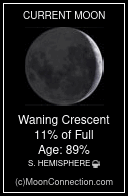Extremely happy and proud that Badagas have been recognised as Indigenous people of the Nilgiris, (People of the Mountains by the UNO affiliate based at Rome) by the great efforts of Venugopal Dharmalingam, the Director of the Nilgiri Documentation Centre. Hearty congratulations to him.
This website has been consistently claiming that Badagas are one of the indigenous tribes of the Blue Mountains and we are happy and privileged that in the application submitted to UNO, Venugopal has quoted our website also.
In a function at Ooty, Venugopal Dharmalingam and other Badaga leaders (including Prof. Iyyaro, a Nakkubetta Seemay Gowder, Dr.Mani ex-Director of Central Research Institute, Kasauli and President of Coonoor Badaga Association, Mr.Sivalinga, auditor, Gokul Gowder, a well known Artist and Wg.Cdr.Bellie Jayaprakash), a blown up copy of the recognition approval was presented to the Collector Ms.Innocent Divya today, 16 Oct 2020.
BADAGAS OF NILGIRIS INCLUDED IN UN WORLD’S INDIGENOUS PEOPLES DATA BASE
The Badagas, the largest indigenous social group in the Nilgiris, have been included in the Data Base of World’s Indigenous Peoples by the United Nations Mountain Partnership.
The Inscription on the Badagas says, “ Traditionally Buffalo herders, recently there is a strong trend back to farming with particular attention to organic farming”. On the Badaga language, the Inscription says, “Badaga language (Badaga) is part of the Dravidian language family. One of world’s primary language families spoken by over 200 million people in south, central and north India”.
The Mountain Partnership is a United Nations alliance of partners dedicated to improving the lives of mountain peoples and protecting mountain environments around the world.
Founded in 2002, it has more than 400 members including International Organizations, major private sector organizations and NGOs and 60 governments including India.
MP is currently preparing an international Data Base of Indigenous Peoples and a detailed global map to identify 1. Who are the indigenous and local mountain communities and 2. Where do such communities live?
Indigenous Mountain Peoples are defined by the UN on the following criteria.
1) How long they have been living in a specific territory
2) Their cultural distinctiveness, including exclusive language, social organization, religion and spiritual values, modes of production, laws and institutions;
3) Self-identification, as well as recognition by other groups, or by State authorities, as a distinct community and
4) an history of struggle and exploitation
5) Their continued inhabitation, at least part of the year, on a mountain
6) Their continued use of traditional food systems around mountain ecosystems and
7) Their clear connection to a particular mountain or range.
Based on these criteria, the Nilgiri Documentation Centre, a local research body with nearly four decades of work, submitted the case of the Badagas of Nilgiris for inclusion in the World’s Indigenous Peoples Data Base with all necessary supporting evidence and documents.
The UN Mountain Partnerhiup has accepted the application of the NDC and included the Badaga community in their Data Base of World’s Indigenous Peoples.
Badaga language endangered
The United Nations Economic and Social Council (UNESCO) has already included the Badaga language as ‘Definitely Endangered’ in the UNESCO Atlas of the World’s Languages in Danger.
World’s Indigenous People
Indigenous Peoples are distinct social and cultural groups that share collective ancestral ties to the lands and natural resources where they live. There are approximately 476 million Indigenous Peoples worldwide, in over 90 countries. They make up 6 % of the global population but account for 15 percent of the global poverty. They occupy 25% of the world’s area but safeguard 80% of the global biodiversity.
The UN and Indigenous Peoples
The UN General Assembly proclaimed 1993 as the International Year of the World’s Indigenous People to seek international cooperation for solving problems faced by indigenous people in terms of human rights, environment, development, education and health. August 9 is observed worldwide as International Day of the Indigenous Peoples. India is one of the 144 states which adopted the United Nations Declaration on the Rights of Indigenous Peoples (UNDRIP) by the General Assembly on in 2007. The government is yet to prepare a list of indigenous communities in the country.
Mountains and Indigenous Peoples
Majority of the indigenous peoples live in mountains. The United Nations has recognized that the involvement of indigenous peoples and local communities is essential for sustainable mountain development.
Issued by Indigenous Badagar Alliance
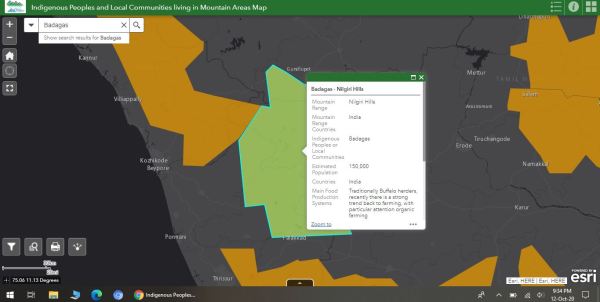
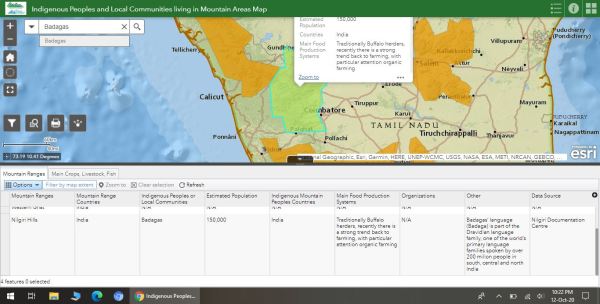
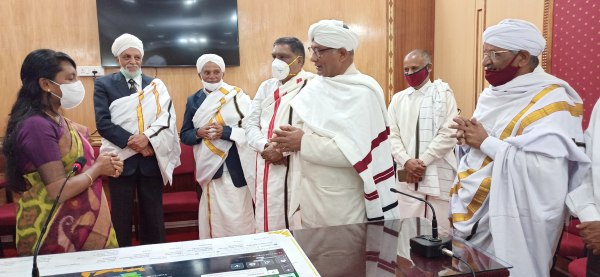
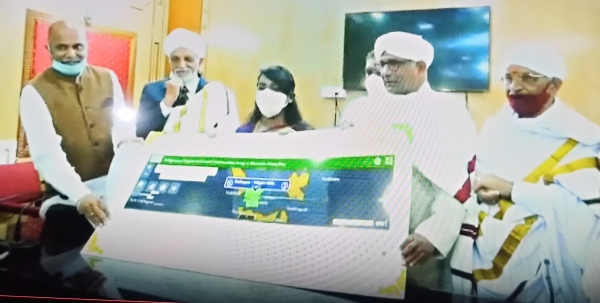
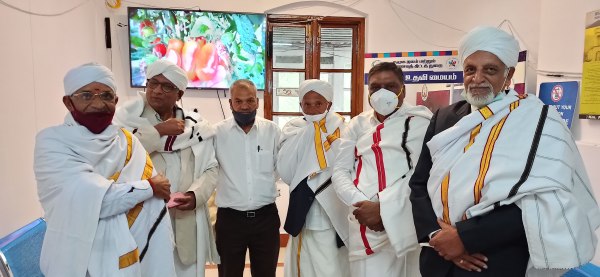
Later on in the evening, Ramakrishnan, owner of Nakkubetta TV anchored an excellent programme on this event. A must watch
Discover more from Badagas of the Blue Mountains
Subscribe to get the latest posts to your email.










 Mookuthi
Mookuthi  Chinna
Chinna 






 ==
==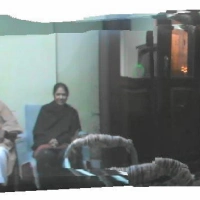
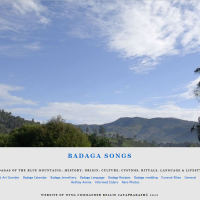
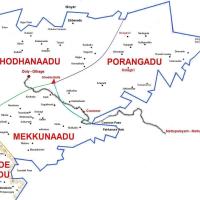


![Seemae [See'may] & Morae [Mo'ray] (relationship)](https://i0.wp.com/badaga.wordpress.com/files/2008/11/nakku-betta1.jpg?resize=200%2C200)








































